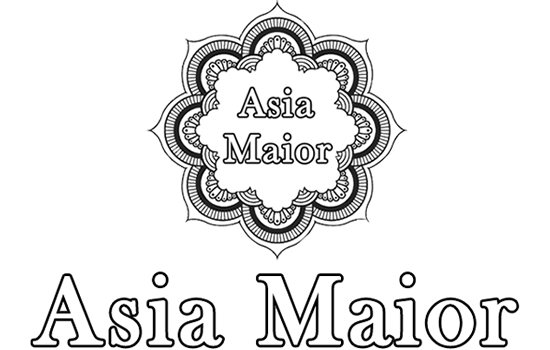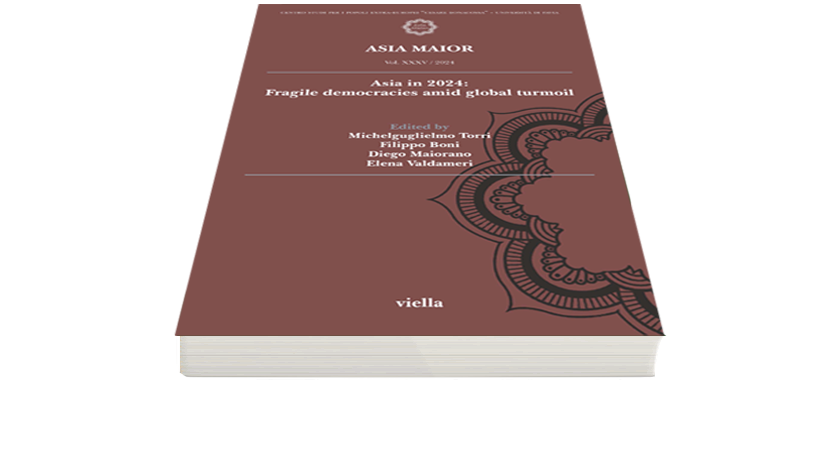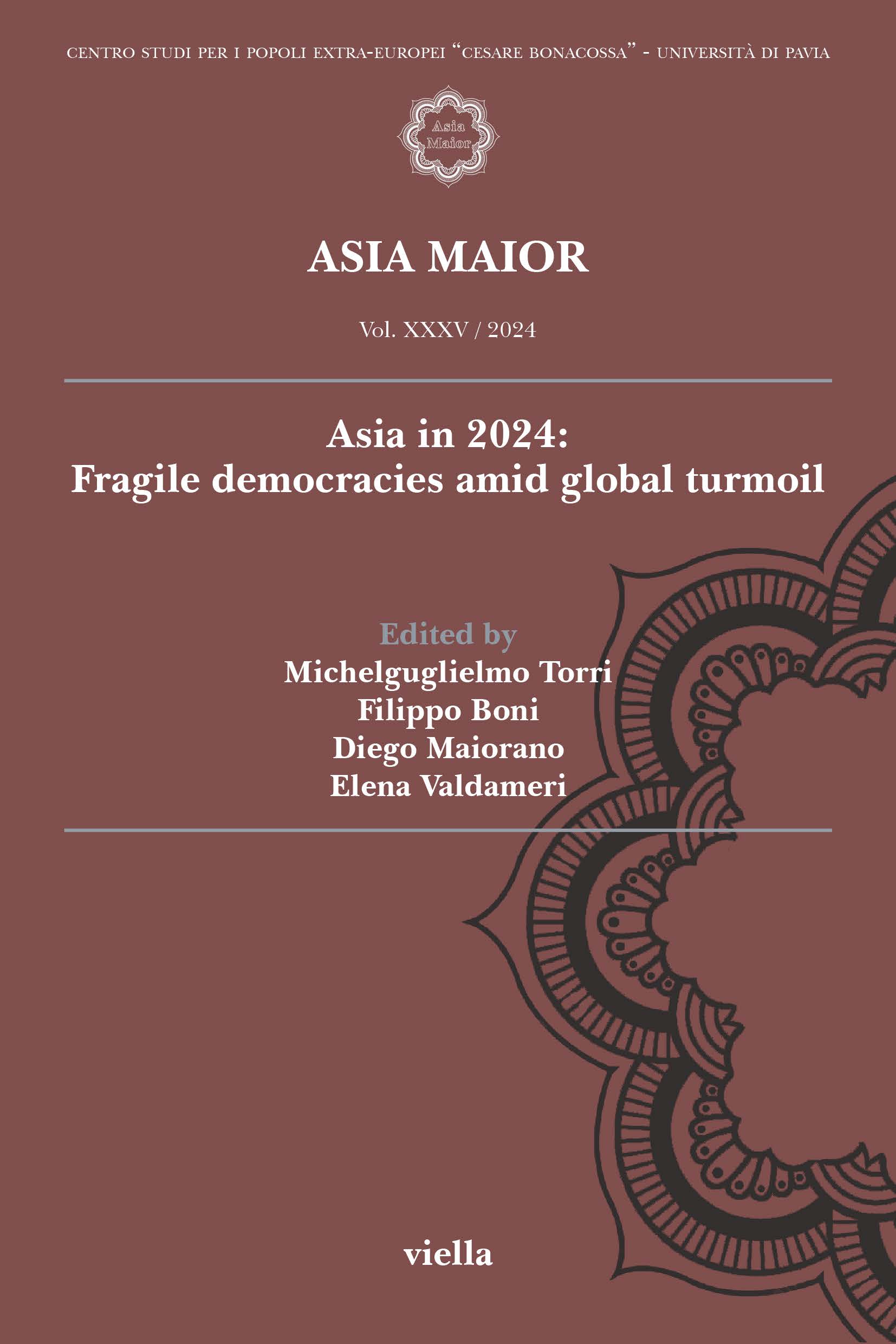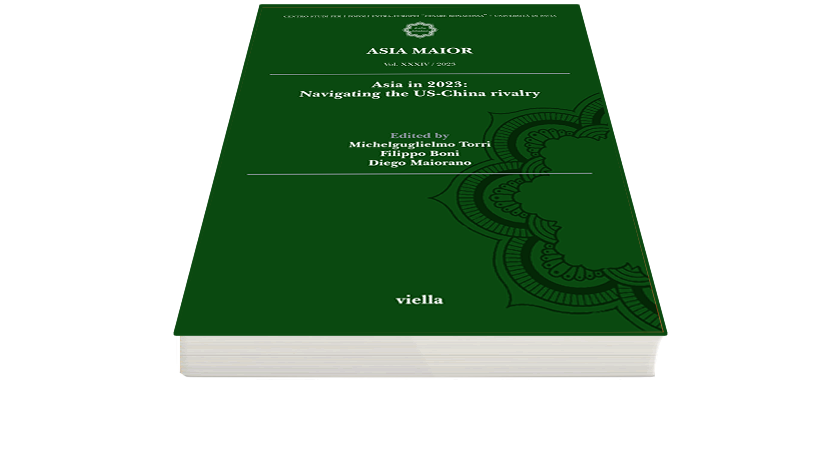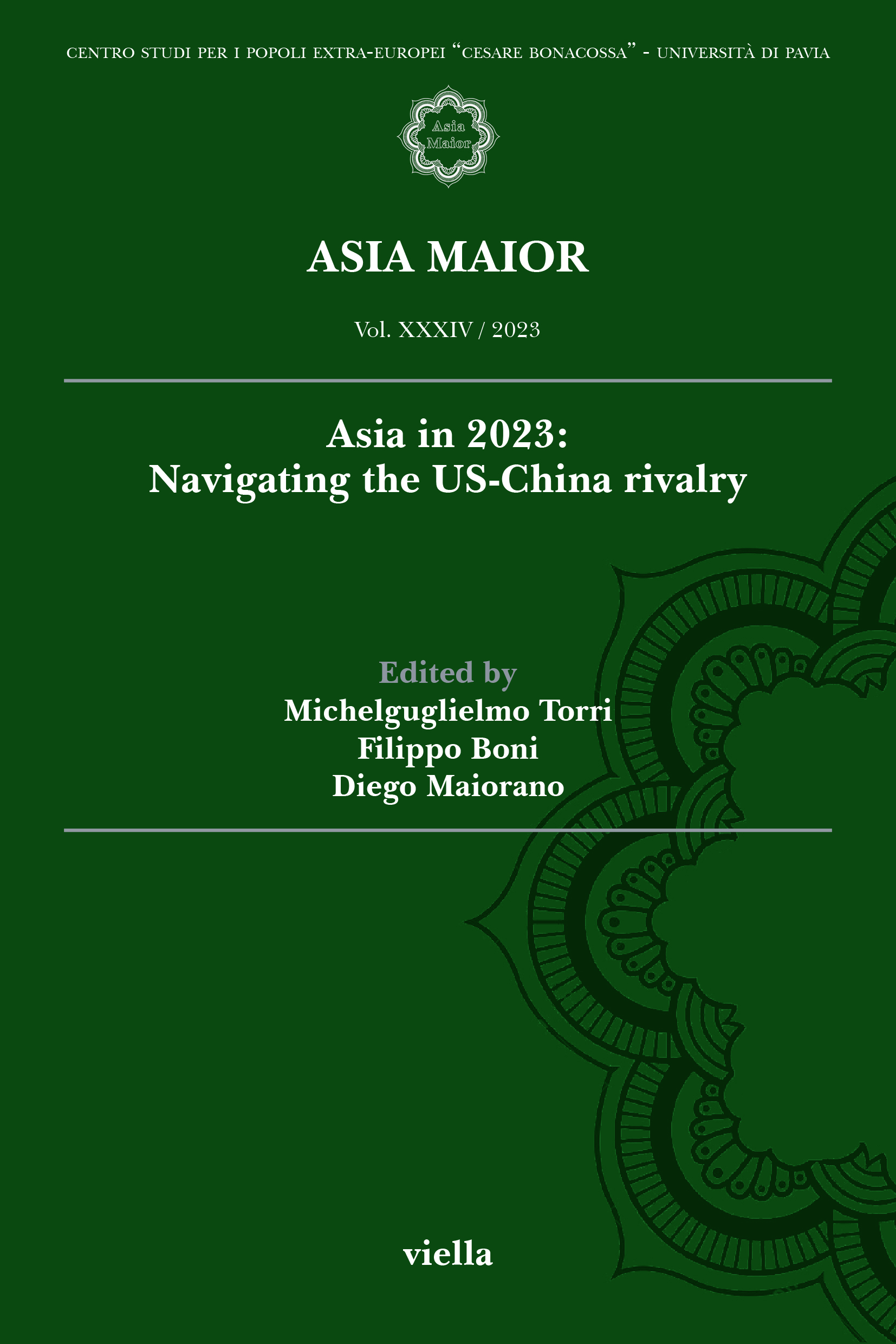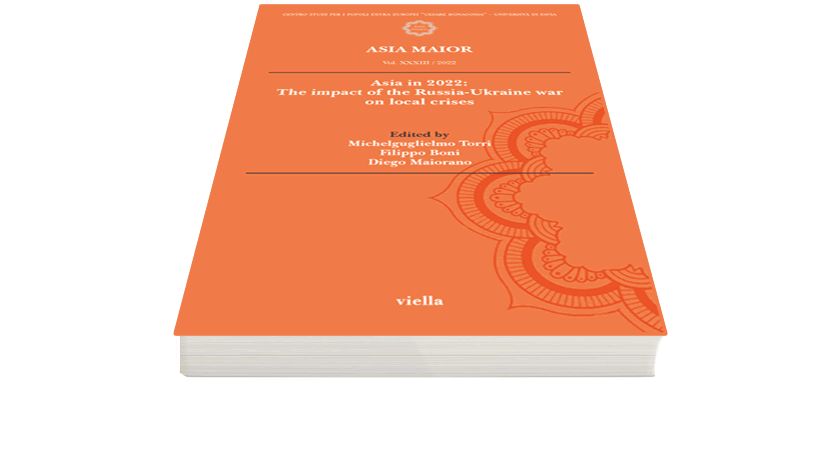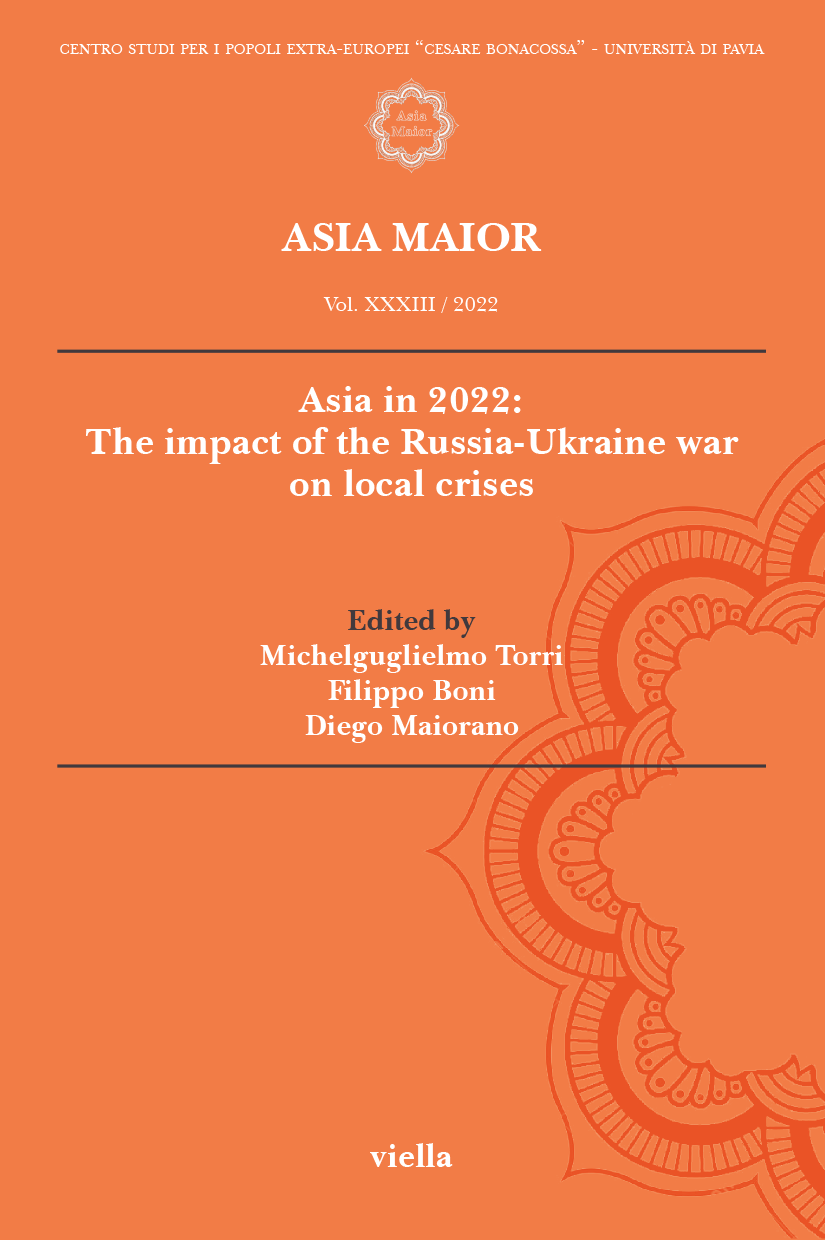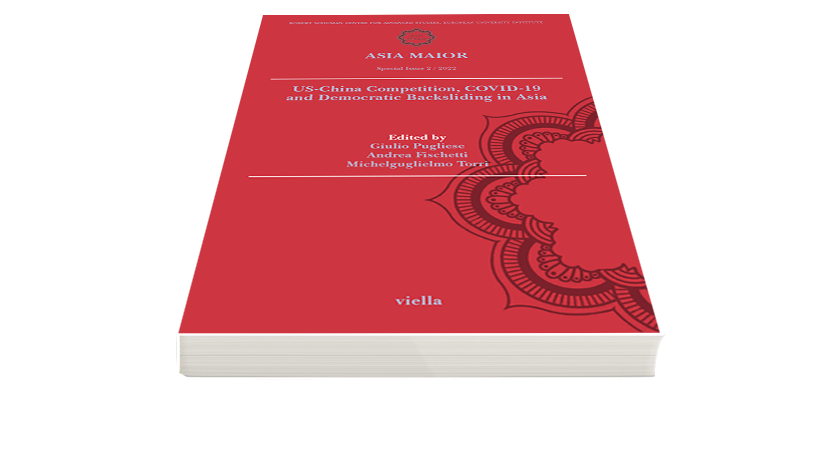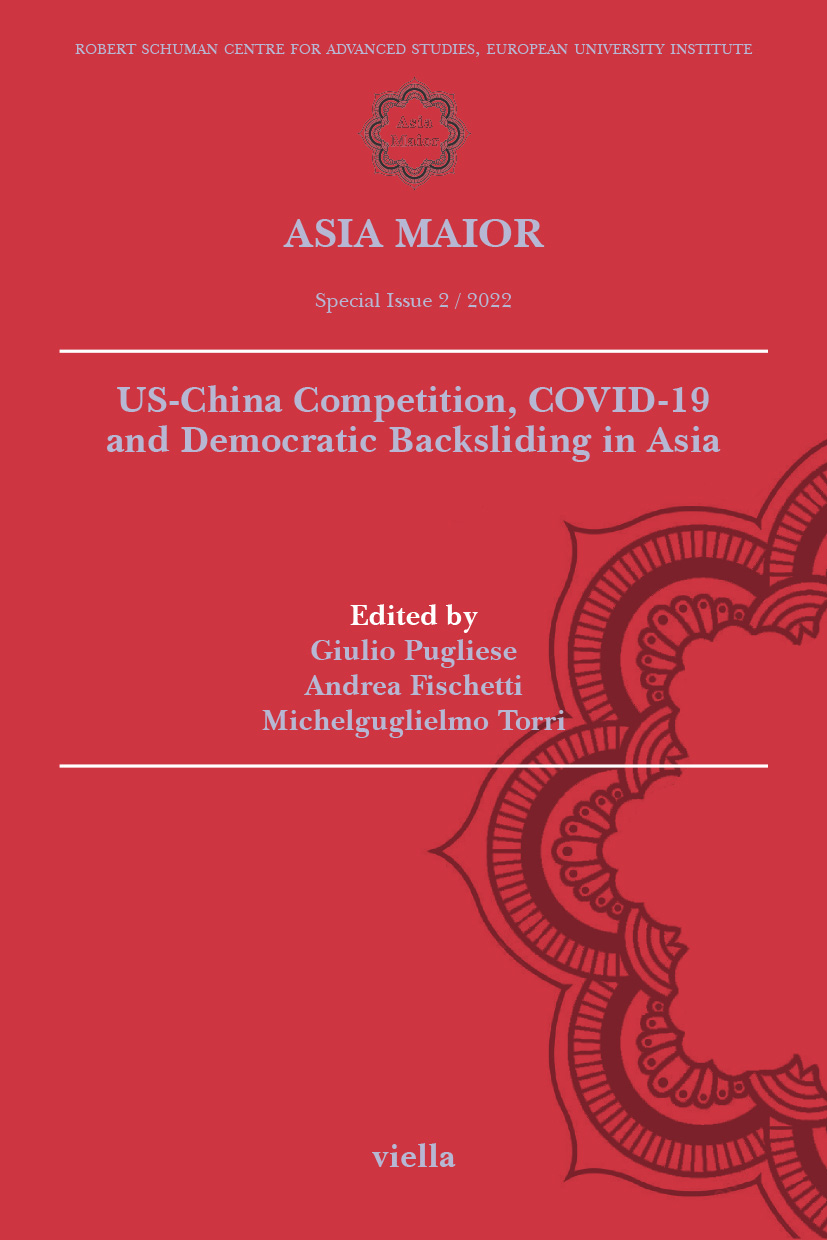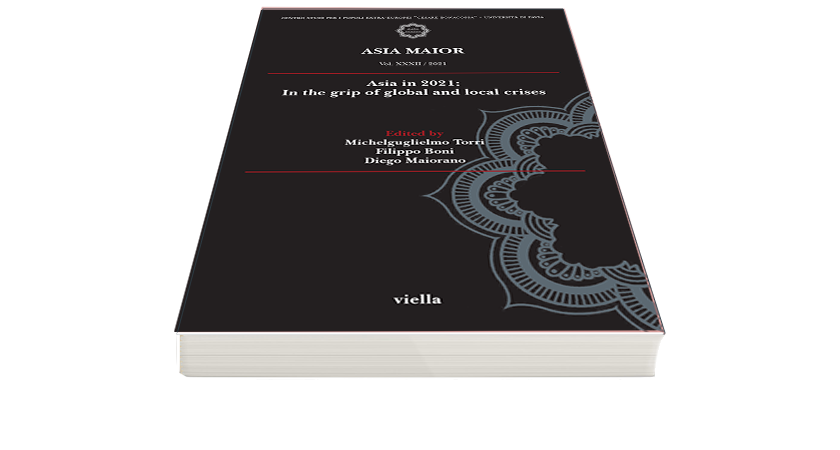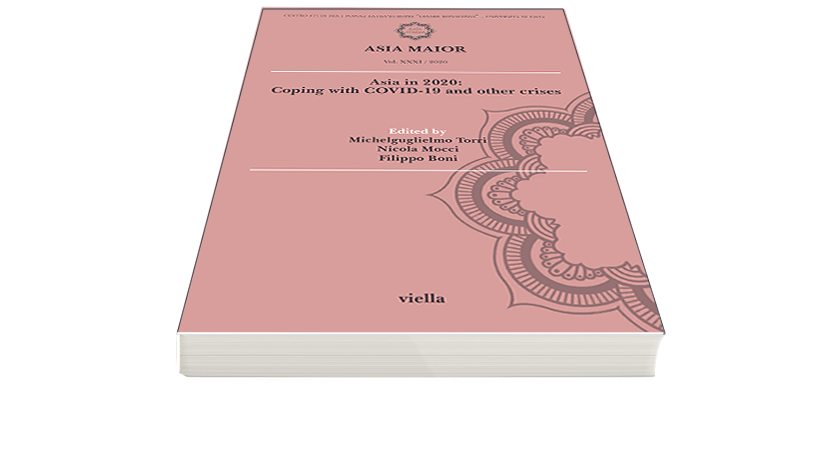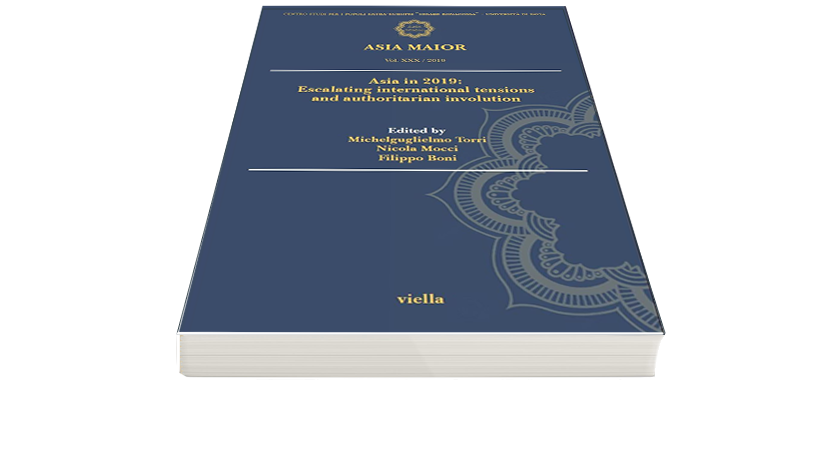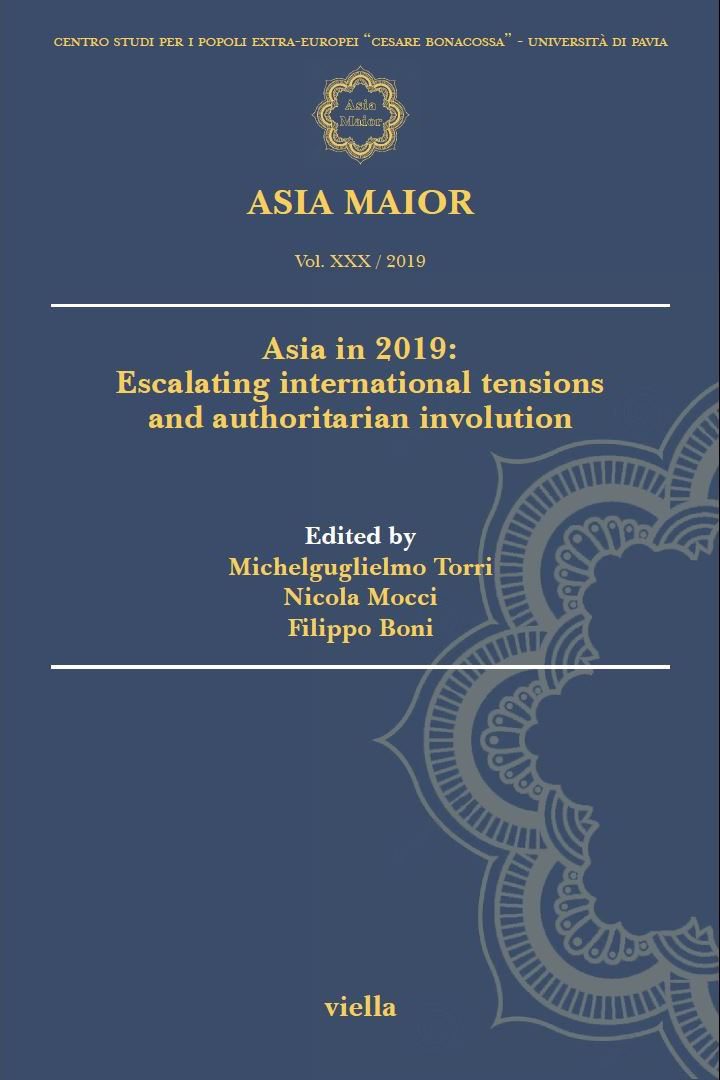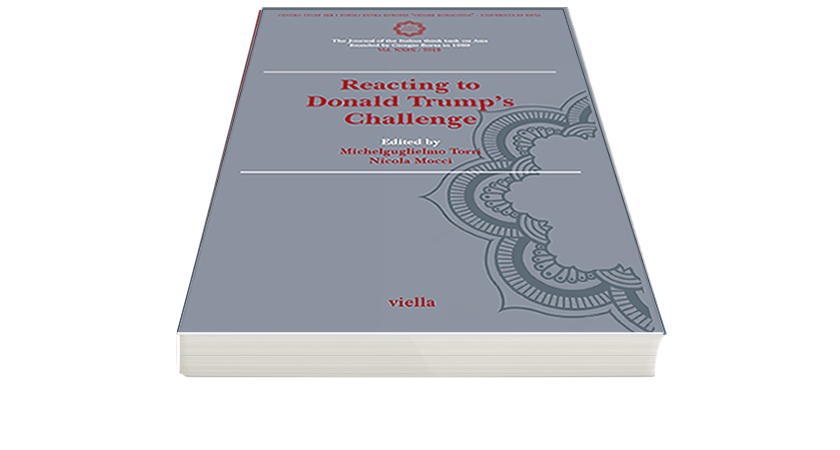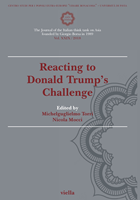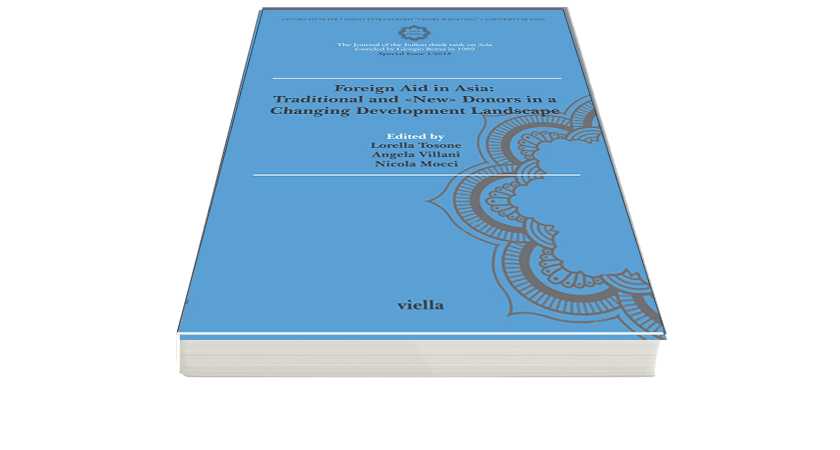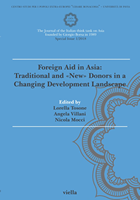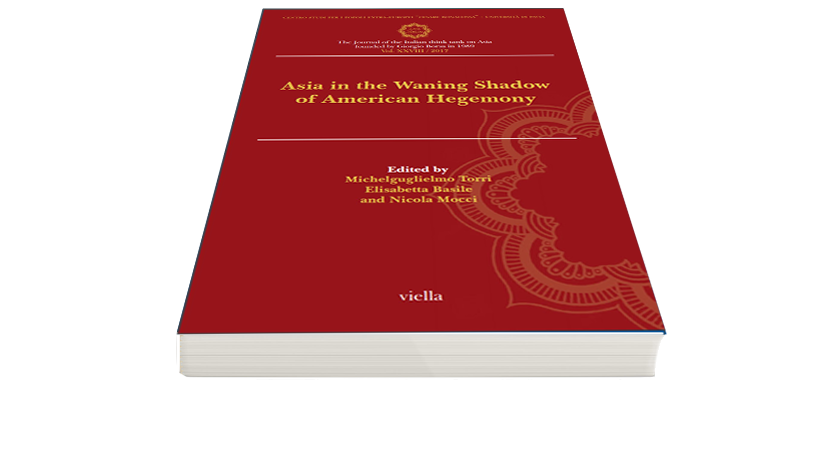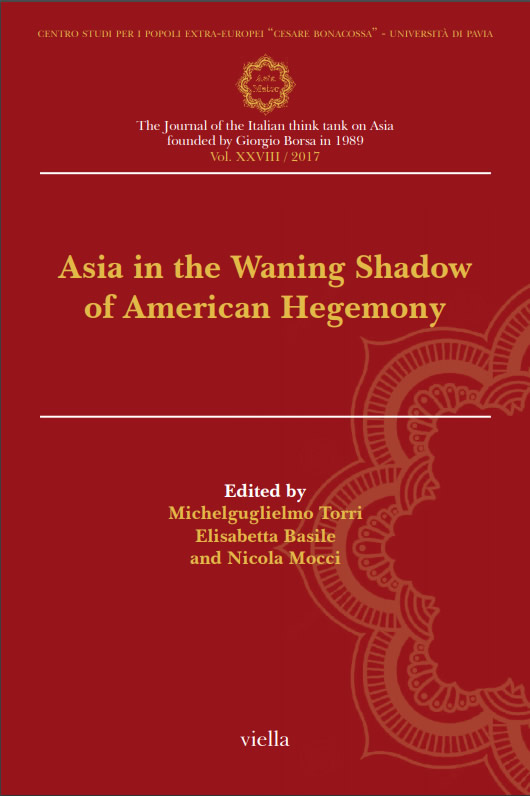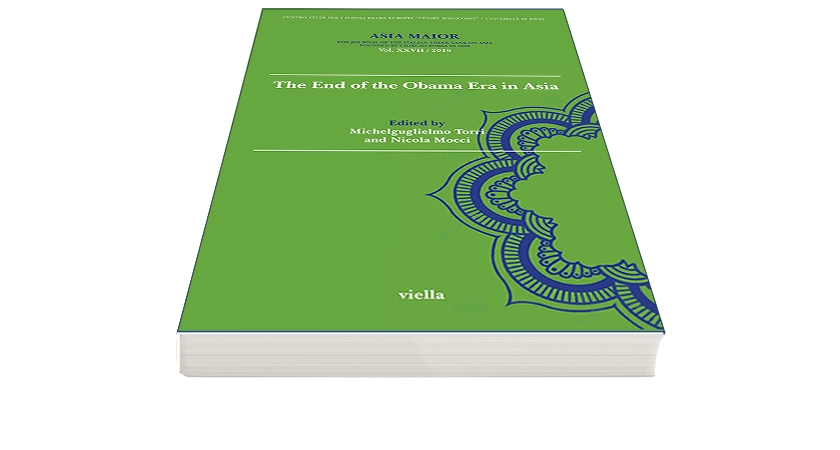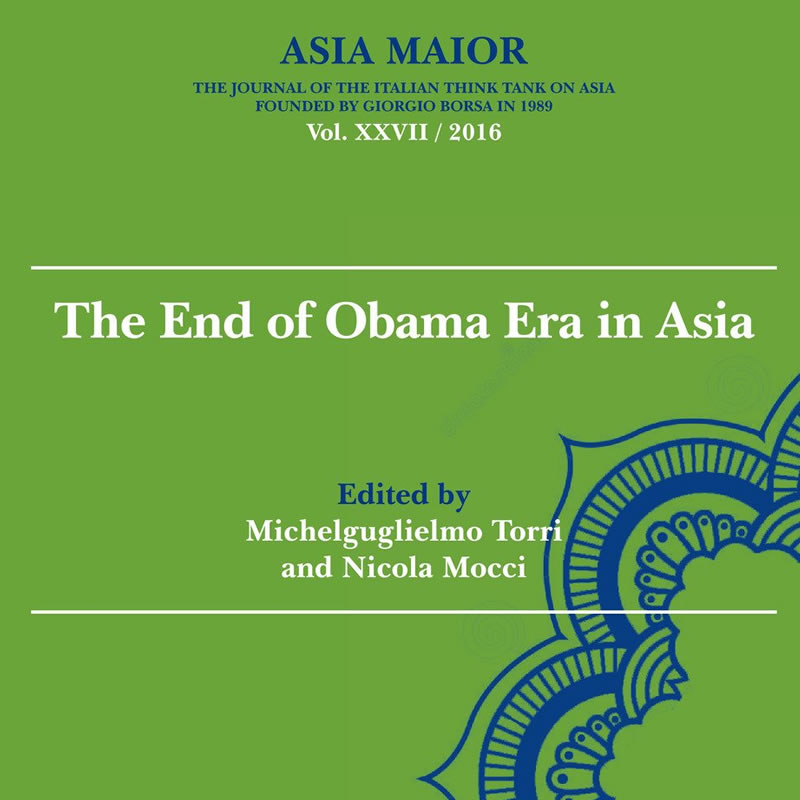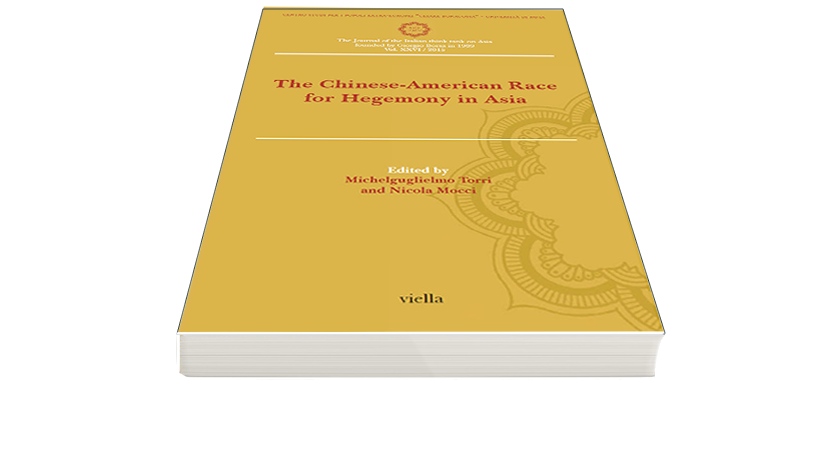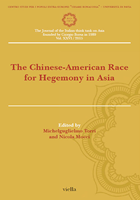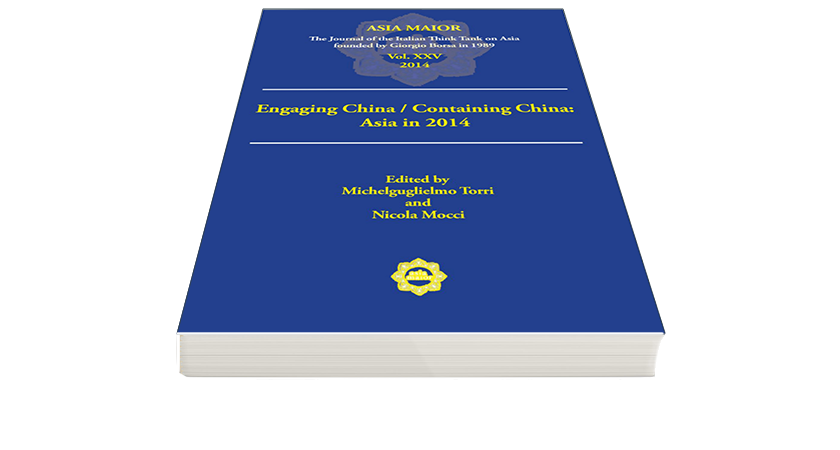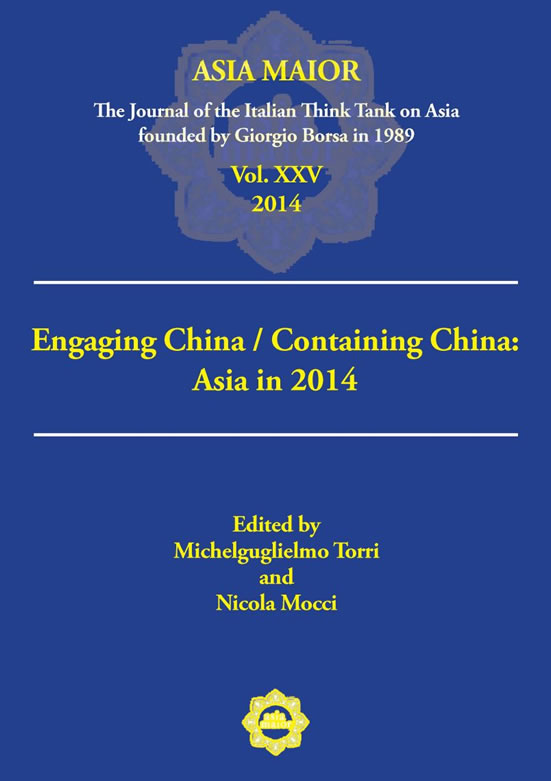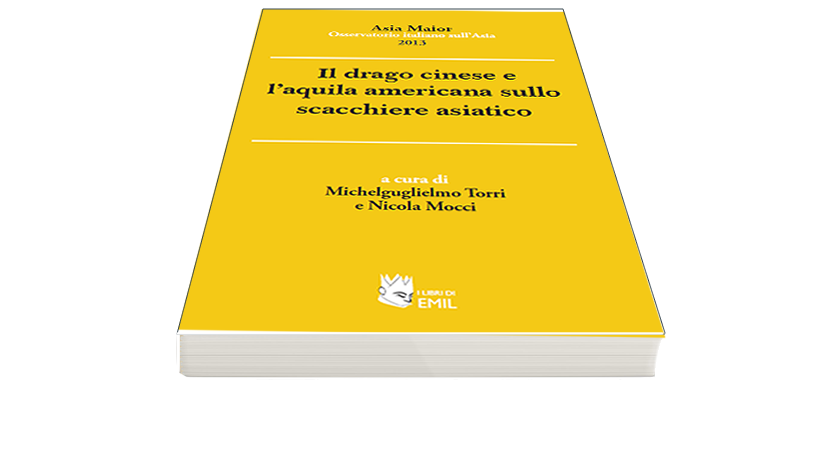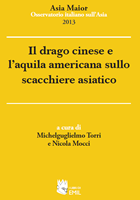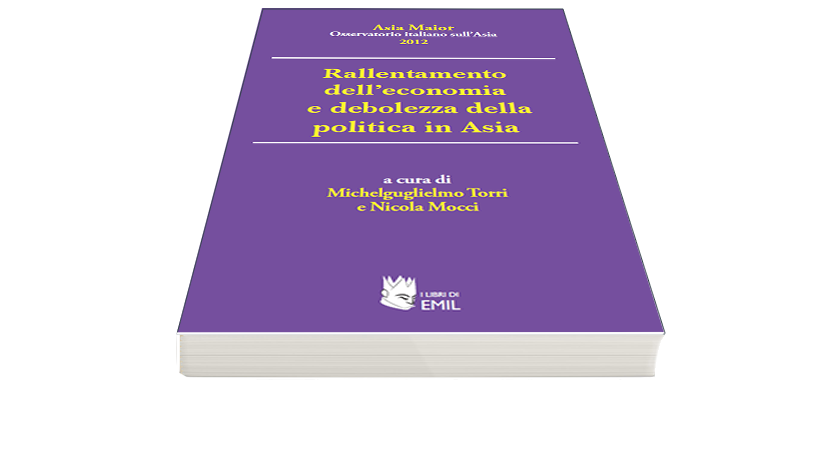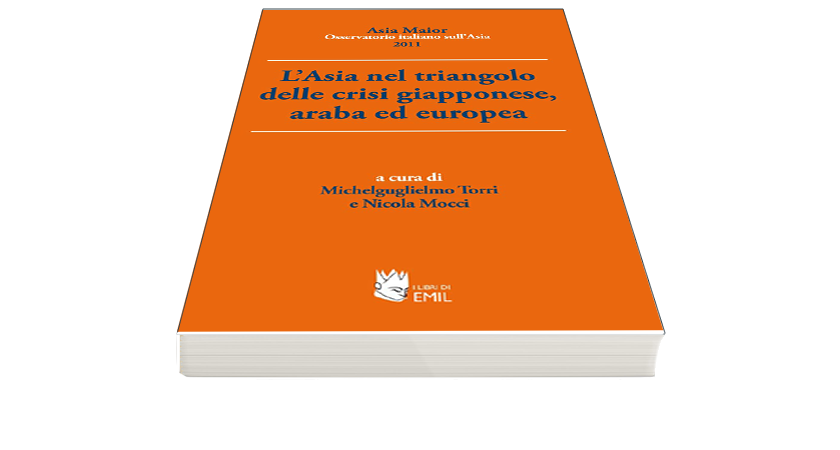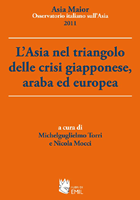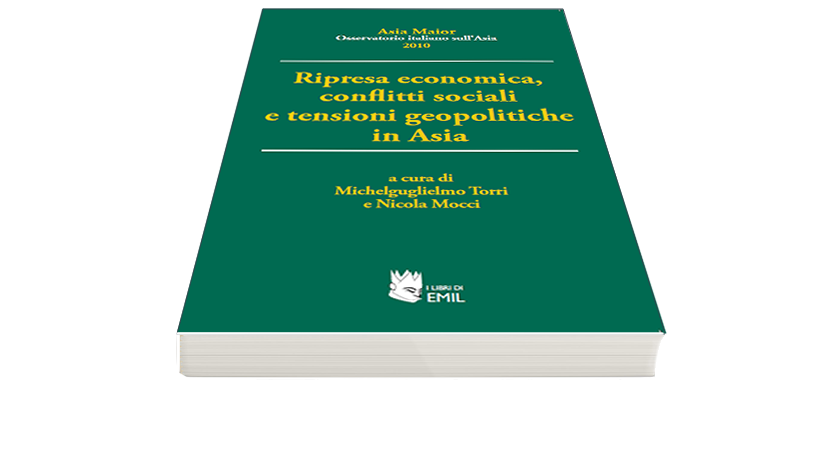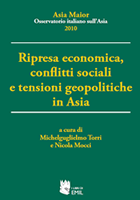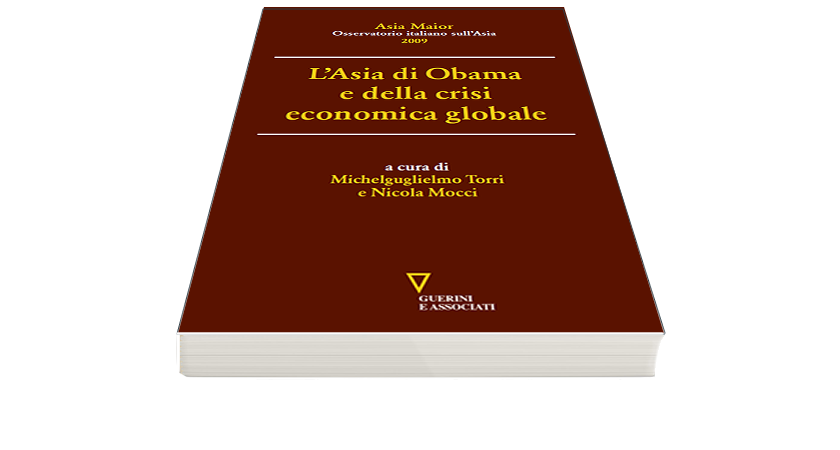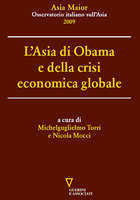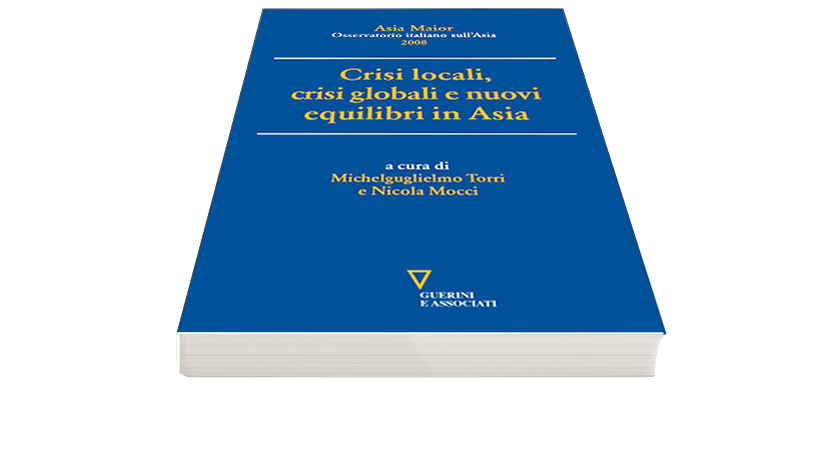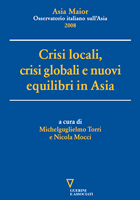The Making of the Modern Middle East: When the Periphery Rules the Centre
Available also in pdf – Download Pdf
Guillemette Crouzet, Inventing the Middle East: Britain and the Persian Gulf in the Age of Global Imperialism, Montreal: McGill-Queen’s University Press, 2022, 284 pp. (ISBN 978-0-2280-1406-5).
With Inventing the Middle East, we are presented with a scientifically rigorous and valuable study. This book offers an insightful interpretation of the events that led the United Kingdom to conceptualise the Middle East as a geopolitical entity and to assume a central political and economic role in the region. It is a well-written book, which is a pleasure to read.
Crouzet suggests a new and extended periodisation for the history of the modern Middle East, as a unified region, arguing for an earlier beginning, prior to the discovery of oil in the 1920s and 1930s. She does so by setting forth a different historical perspective, one through which scholars have usually investigated the role of the region in the international system between the late 1780s and the early 1910s.
Thanks to her approach, the author provides a compelling analysis of the political, geopolitical, and cultural factors underpinning British presence in the Middle East, starting from the analysis of the British diplomatic activities in the Gulf from the end of the eighteenth century to the start of the twentieth century. These activities were shaped by French initiatives in the region – such as Napoleon’s invasion of Egypt in 1798 and Bourbon diplomatic engagements in North Africa and Persia, in the first decades of the nineteenth century – and later by the perceived threat of Russian expansionism (in Central Asia or, again, in Persia aimed at enlarging the Romanoff Empire)
The book’s central argument is persuasive: it highlights the inherent tensions and flaws that characterised British India’s policy toward the Gulf. The first two chapters demonstrate how, despite attempts at consolidation, the absence of a coherent imperial project hindered British policy in the area during the first half of the nineteenth century. All the difficulties in crushing the Qasimi piracy – which was not only an economic source for the local authorities, but an instrument of political affirmation among populations for the local noble families and which was seen by presidencies in India as a considerable obstruction to trade and stability – illustrate the inconsistencies, in that time interval, of British regional influence.
Crouzet makes this point because, on the one hand, rather than to evaluate the local events through the traditional lens of the Great Powers’ chess game in the area and in Asia, placing London’s leadership at the centre of the political contacts, she maintains that the Indian periphery, driven by East India Company’s political and economic interests, prevailed in inducing the British meddling into the region, until the Company’s dissolution after the Indian Rebellion of 1857. On the other, she rightly notes that both before and after the Company’s governmental responsibilities were transferred to the Crown, the British authorities and the governors or Viceroys dictated the political agenda in the Middle East and Persian Gulf; hence the Indian interests often taking precedence over the homeland’s concerns, with London playing a more peripheral role in setting the geopolitical agenda.
Thus, Crouzet adheres to the historiographical studies school flourished in the David K. Filedhouse’s stream of analysis (for example in his Economics and Empire, 1830-1914, published in the now distant 1973), where Fieldhouse successfully emphasised the existence of a much more articulated relationship between European Great Powers and their colonial or imperial peripheries during the Age of Imperialism, which presided the European expansion in Africa, Asia and (precisely) Middle East. This, according to Creuzet, explains why, for example, the British government made very little effort to enforce the 1807 Abolition of Slave Trade Act in the region, where the slave trade and the use of slaves as divers was necessary to maintain the high level of local pearl harvesting (the most precious in the world), the marketing of which was very profitable both for London and for Indian authorities (Chapter 4, ‘The Globalization of the Gulf Economy’).
Crouzet’s analysis of the British imperial fragilities, the intricate web of perceived challenges to British India’s indirect rule over one of its amphibious border areas, the increasingly aggressive, yet inconsistent, policy toward unruly local power players, the attempts and mistakes, which led to a broader and enduring uses of spectacular military expeditions in the area and its immediate environment bring the reader to the subsequent step, that is the analysis of the cultural shift in the British attitude towards the region.
Actually, the transformation of the Persian Gulf as the gateway to the Middle East into a geopolitical area under British control, directly or (more frequently) indirectly carried out, was in need of such an evolution. We cannot condemn this back-and-forth policy, given the fact that the British themselves had to learn not only how to act in the area, but even the exact geographical reality of it. The author devotes Chapter 3 to the efforts made for the geographical construction of the region by British hydrographers and topographers, who made three explorations of it during the “long nineteenth century”, for mapping all the coasts and harbours. The cultural construction of the Middle East and Gulf influenced the decision-making of British and Indian political and commercial elites, who became increasingly interested in archaeology, ancient history, and the vestiges of local past societies, linking them to the region’s future role as a critical component of the route to India. The region was portrayed not only as a place of past glories but also as one that could be revived under the right influence: namely, the Raj’s assumed ability to transform unhospitable areas into fertile ones.
This combination of enthusiastic interest in antiquity and a fierce desire to create futuristic utopias makes it clear why the Middle East and Persian Gulf have long been within Britain’s sphere of influence.
Another significant contribution of the book lies in its application of the concept of globalization to Gulf history. Crouzet convincingly demonstrates how the end of the old political equilibrium in the Gulf and its reinvention under British control – marked the end of old economic and political ties with the Arabian Peninsula, the Red Sea, the Ottoman Empire, and the Eastern Mediterranean. Ironically, it was these contacts that initially drew the Indian (and later British) authorities in Bombay, Calcutta, and London to the region, where they sought to extract profits. The region’s integration into a new web of geopolitical and economic relations laid the foundation for the Gulf’s modern identity, which has remained largely unchanged since the post-1945 Cold War period. Particularly, Crouzet provides a detailed analysis of the flows of weapons, pearls, and palm dates that originated, or ended, in the region; and convincingly proves that the area became part of the world wider trading system well before oil and gas changed its economy and revenues.
While Inventing the Middle East is a methodologically sound and accessible study, its reliance on British documentary and bibliographical sources is a limitation. Future studies on this theme could benefit from a broader range of sources, such as French and Russian sources, but also, for example, the Wahhabi chronicles, Ottoman archives, Egyptian sources, and Qajar documentation, as well as local oral traditions and archaeological surveys based on newly adopted technological studies (such as the video mapping technology). These additional sources could bring new and fresh information on what the Gulf and its different sites were before the British arrival in the region. All these historical sources could help to better assess the local potentates and population’s reaction to the shifting political landscape, in favour of an European power: an unusual transformation, given the fact that the previous relations with the Europeans, which dated to the arrival of Portuguese merchants and sailors in the sixteenth century, had left the regional political condition unchanged.
Nevertheless, Inventing the Middle East is an insightful and engaging study of how the British envisioned and shaped the Gulf from the 1780s to the early twentieth century. It carefully deconstructs the political and legal structures that emerged from the British interactions with local authorities, making it an essential read for historians and students of Near Eastern studies, global history, and imperialism.
Asia Maior, XXXV / 2024
© Viella s.r.l. & Associazione Asia Maior
ISSN 2385-2526
